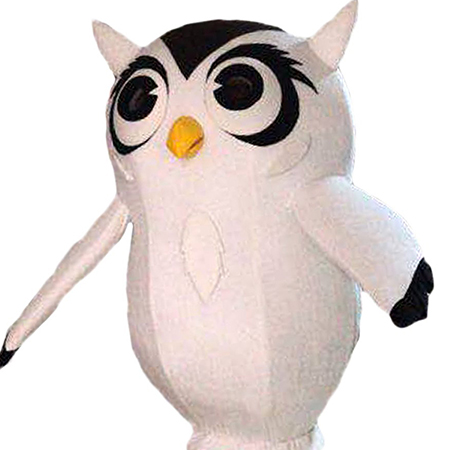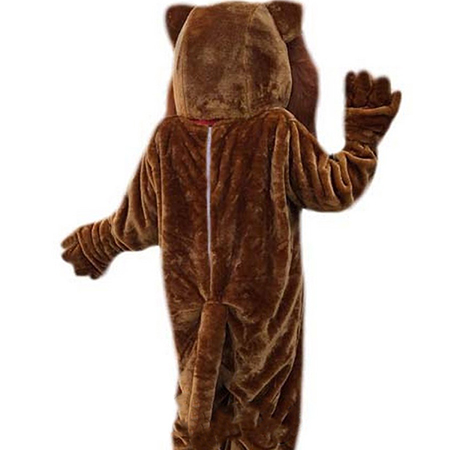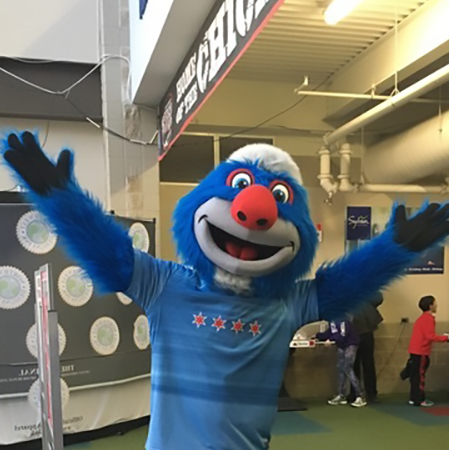Creating mascot costumes that are gender-neutral is a significant step towards inclusivity in various events and organizations. Traditionally, mascots have been designed with gender-specific traits which can limit their appeal to diverse audiences. By designing gender-neutral mascot costumes, we can ensure everyone feels represented and welcomed.
One of the primary considerations when designing gender-neutral mascot costumes is to steer away from typical gender stereotypes. For instance, instead of using colors like pink for female and blue for male, opt for neutral shades such as green, yellow, or purple. These colors not only avoid gender bias but also add vibrancy and uniqueness to the design.

Shape and silhouette play a critical role in creating a gender-neutral appearance. Avoid overly exaggerated features such as broad shoulders for males or an hourglass figure for females. Instead, adopt a balanced, universal form that doesn’t lean towards any gender-specific physique. This approach ensures that the mascot is relatable to a wider audience.
Facial expressions and features should also be kept neutral. Overly feminine or masculine facial attributes can make the mascot appear exclusive rather than inclusive. Opt for a friendly and approachable face that resonates with people of all genders. Simple, rounded eyes and a soft smile often work well as they convey warmth and positivity without suggesting gender.

Another important aspect is the costume’s functionality and comfort. Ensure that it accommodates different body types comfortably; a one-size-fits-all approach isn’t practical for long-term wear. Incorporate adjustable elements such as straps, elastic bands, and multiple fastening options so that anyone, regardless of their size or shape, can wear the costume with ease.
Inclusivity extends beyond just design and into the accessories as well. Avoid items that might be traditionally seen as belonging to a specific gender, like bows or ties. Choose versatile accessories that add character but remain neutral. Hats, scarves, or simple jewelry can serve this purpose without reinforcing gender norms.

Lastly, involving diverse teams in the design process ensures that multiple perspectives are considered. When designers from varied backgrounds contribute, the final product tends to be more universally appealing. Conduct surveys or focus groups with a diverse audience to gather feedback and make necessary adjustments during the development phase.
In conclusion, designing gender-neutral mascot costumes requires thoughtful consideration of aesthetics, comfort, and inclusivity. By avoiding gender-specific elements and focusing on neutral colors, shapes, and accessories, designers can create mascots that appeal to a broader audience. Involving a diverse team in the creative process further ensures that the mascot is welcoming to all. As society moves towards greater equality, these small yet significant changes help foster a sense of belonging and community spirit.

